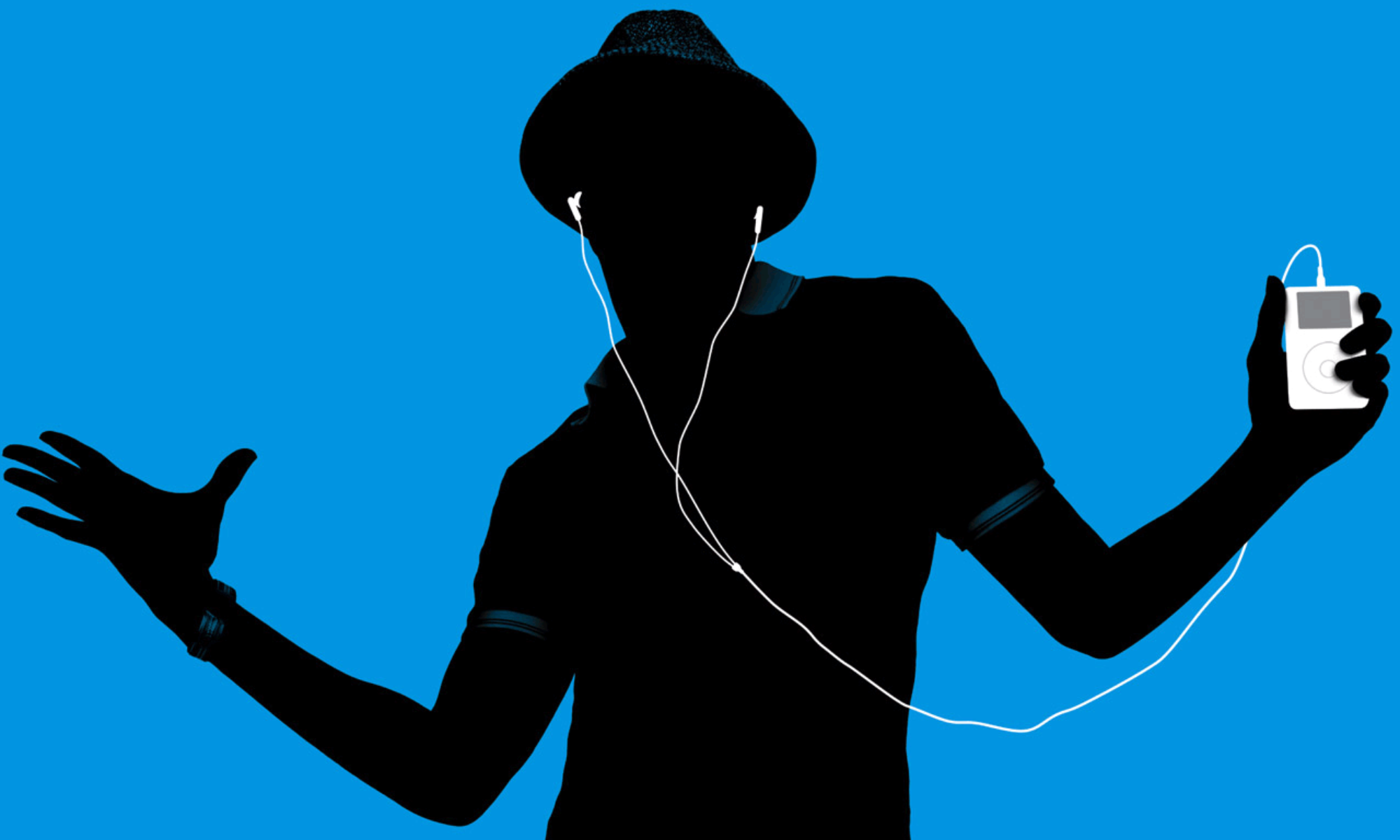This article includes an overview of the major events and trends in popular music in the 2000s.
In American culture, various styles of the late 20th century remained popular, such as in rock, pop, metal, hip hop, R&B, EDM, country and indie. As the technology of computers and internet sharing developed, a variety of those genres started to fuse in order to see new styles emerging. Terms like “contemporary”, “nu”, “revival”, “alternative”, and “post” are added to various genres titles in order to differentiate them from past styles, nu-disco and post-punk revival as notable examples.
In this decade, grime was a genre invented in the UK, while Chillwave became popular in the United States.
The continued development of studio recording software and electronic elements was observed, through this decade. One such example is the usage of pitch correction software, such as auto-tune that appeared in the late 1990s. Another great impact to this decade was the ongoing development of the internet and user-friendly media players, such as iTunes, and music and video sharing websites such as Napster and YouTube, respectively.
The popularity of teen pop carried over from the 1990s with acts such as *NSYNC, Backstreet Boys, Britney Spears, and Christina Aguilera dominating the charts in the earlier years of the decade.
Contemporary R&B was one of the most popular genres of the decade (especially in the early and mid 2000s), with artists like Usher, Beyoncé, and Rihanna. In 2004, the Billboard Year-End Hot 100 had 15 of its top 25 singles as Contemporary R&B.
In Britain, Britpop, post punk revival and alternative rock were at the height their popularity with acts such as Coldplay, The Libertines, Oasis, Lynda Thomas, Travis, Dido, Blur, The Hives, Björk, and Radiohead, which still continued at the top of the major charts in the rest of the world since the 1990s.
Hip hop music achieved mainstream status after the 1990s and the deaths of many prominent artists such as 2Pac and The Notorious B.I.G. Artists outside of New York and Los Angeles in cities like Atlanta, Houston, New Orleans, Las Vegas, Tornoto and the Bay Area all achieved mainstream success. Popular rap movements of the 2000s include Crunk, Snap, Hyphy, and Alternative Hip Hop.
Despite the hip hop dominance, such as Southern hip hop which lasted for most of the decade (particularly the middle years), rock music was still popular, notably alternative rock, and especially genres such as post-grunge, post-Britpop, nu metal, pop punk, emo, post-hardcore, metalcore, and in some cases indie rock; the early and mid 2000s saw a resurgence in the mainstream popularity of pop rock and power pop.
Despite a slight slip in popularity in the early part of the decade, adult contemporary and country music were still able to find success throughout the 2000s.
Electronic music was also popular throughout the decade; at the beginning of the 2000s, genres such as trance, chillout, house, indietronica, and Eurodance (in Europe) were popular. By the end of the decade, late-1980s/early-1990s inspired dance-oriented forms of electronic music such as synthpop, electropop, and electro house had become popular.
By the end of the decade, a fusion between hip hop and electronic dance similar to the Freestyle music of the late 1980s and early 1990s, known as Hip House and Electrohop also grew successful.
In Asia and Far Eastern musical markets, with the increase of globalization and the spread of capitalism, music became more Westernized, with influences of pop, hip hop and contemporary R&B becoming ever–present in Eastern markets.
American and European popular music became more popular in Asia.
Genres such as J-Pop and K-Pop remained popular throughout the decade, proliferating their cultural influence throughout the East and Southeast of Asia. In other parts of Asia, including India, Indian pop music, closely linked to Bollywood films and film music, was popular alongside Western pop music.
In Latin America, whilst R&B, hip hop and pop rock did have influence and success, Latin-based pop music remained highly popular.
Reggaeton became a definitive genre in 2000s Latin music, as well as salsa and meringue. Sub-genres fusing Latin music such as meringue and reggaeton with hip hop and rap music became popular from the middle of the decade onward.
The Internet allowed unprecedented access to music and allowed artists to distribute music freely without label backing. Innumerable online outlets and sheer volume of music also offers musicians more musical influences to draw from.


